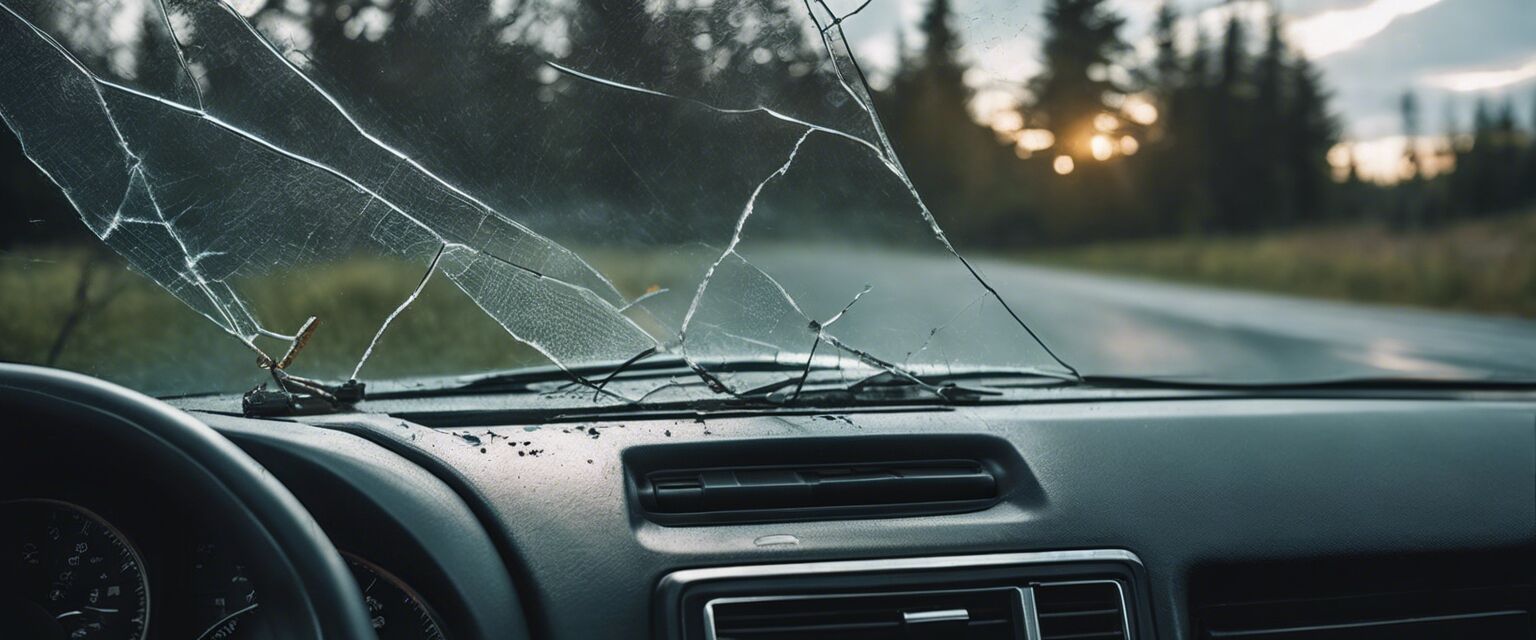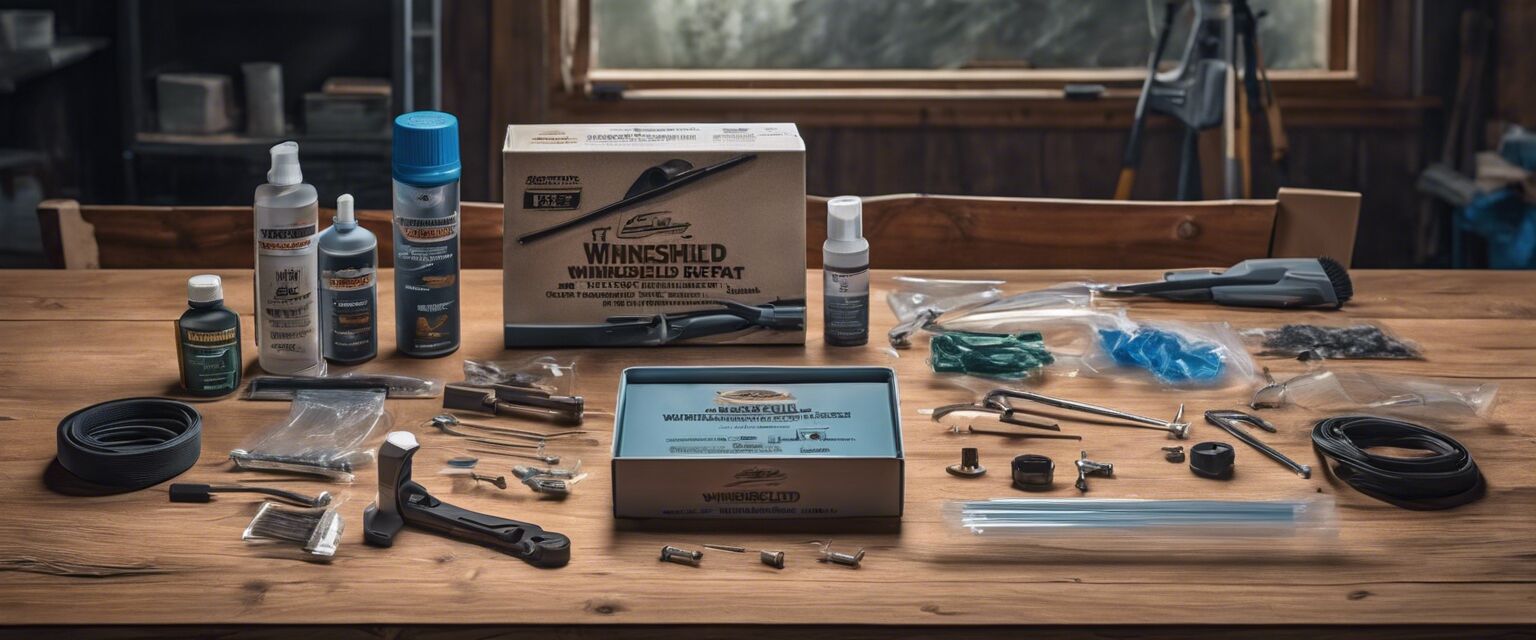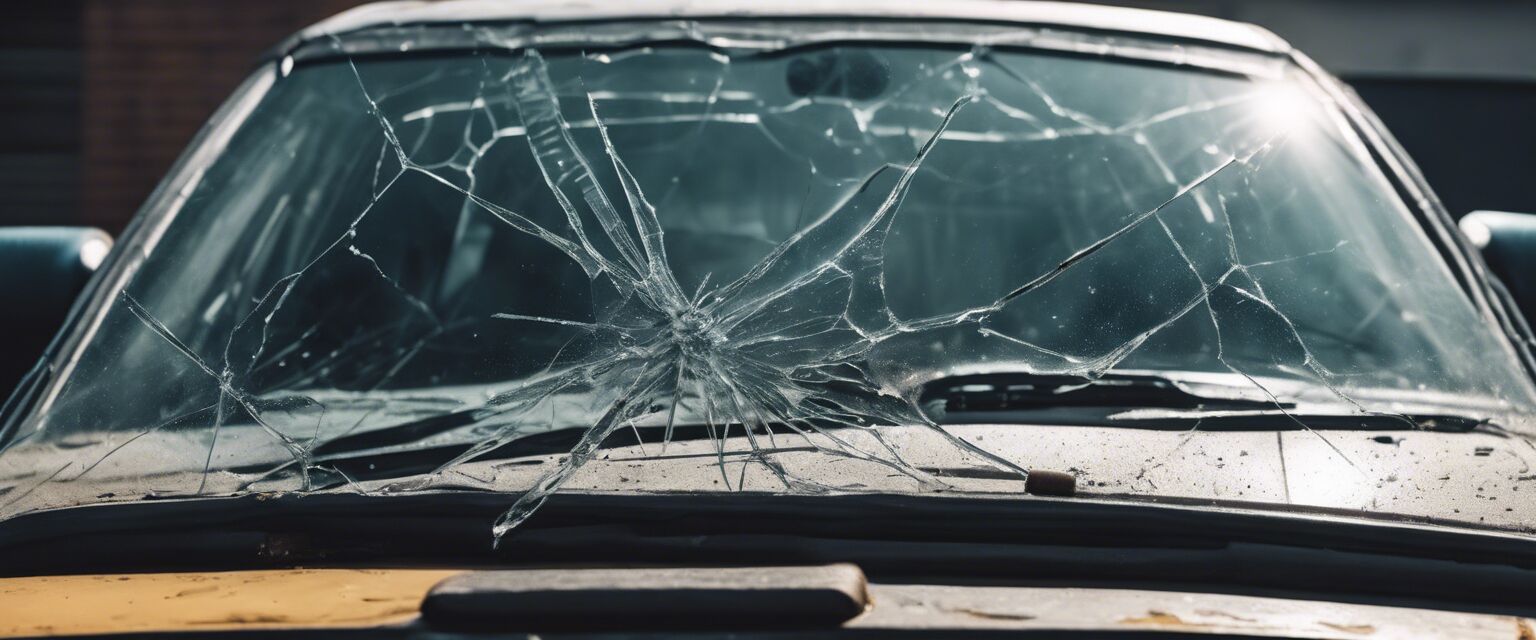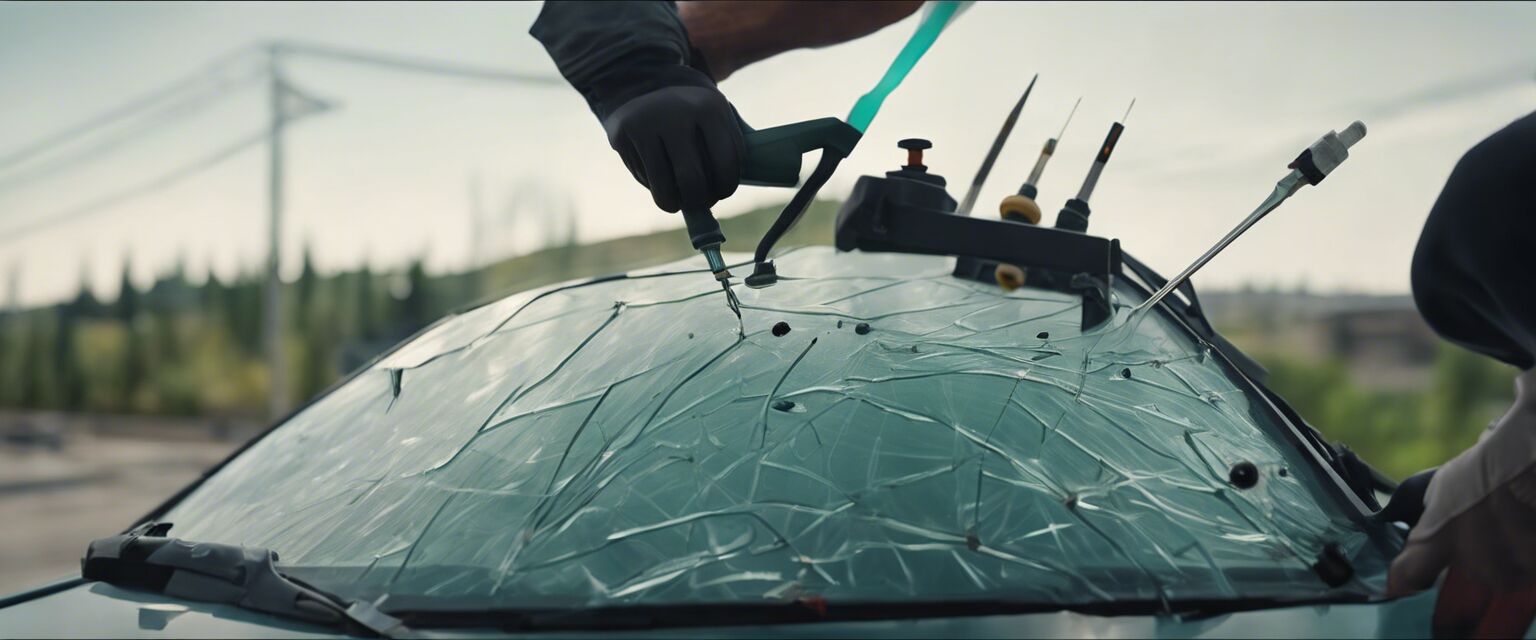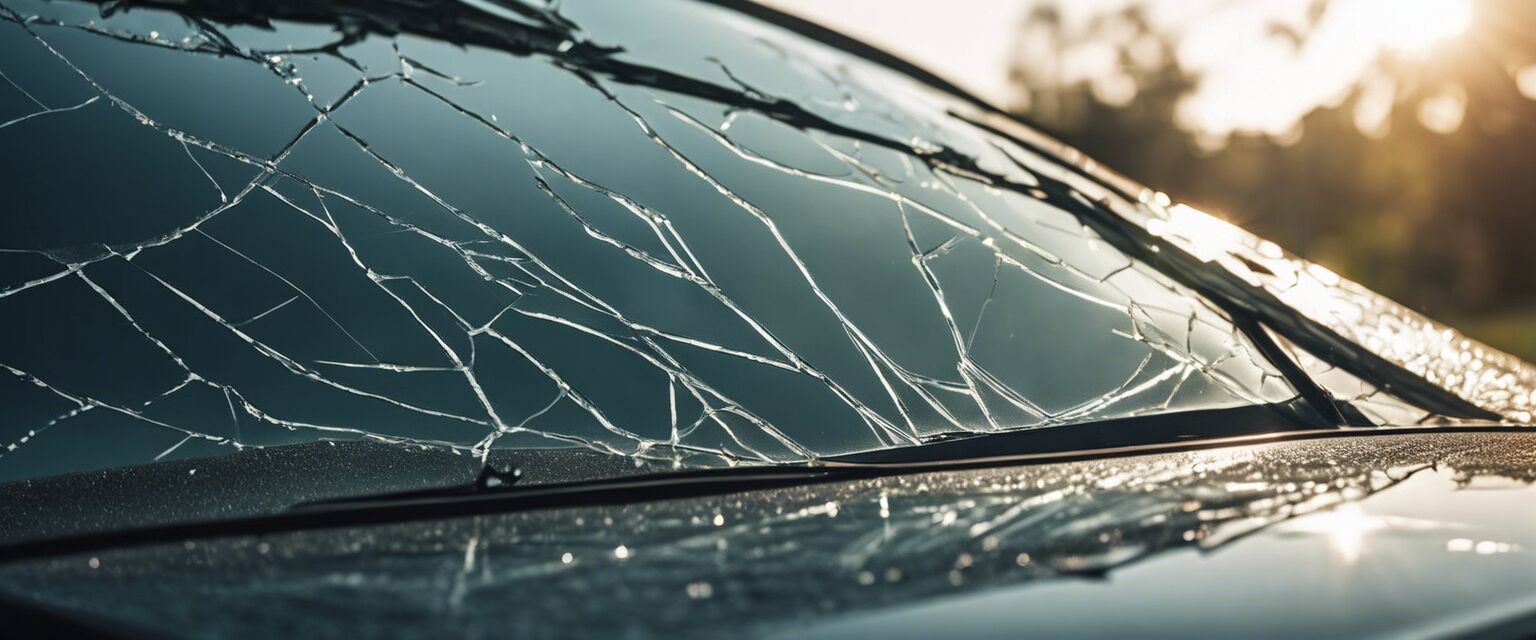
Types of Windshield Damage
Key Takeaways
- Understanding various types of windshield damage is crucial for timely repairs.
- Common damages include chips, cracks, and shattered windshields.
- Regular maintenance and proper care can prevent further damage.
Windshield damage can occur due to various reasons, including debris from the road, extreme weather conditions, or accidents. Recognizing the type of damage your windshield has sustained is vital for effective repairs. This guide will explore the different types of windshield damage, their causes, and what steps you can take to address them.
Common Types of Windshield Damage
| Type of Damage | Description | Recommended Action |
|---|---|---|
| Chip | A small piece of glass missing from the windshield surface. | Repair is usually possible if the chip is small. |
| Crack | A fracture in the glass that can vary in length. | Cracks longer than three inches may require replacement. |
| Star Break | Multiple cracks radiating from a central point, resembling a star. | Repair is usually feasible if the damage is not too extensive. |
| Bullseye | A circular chip with a dark center, resembling a bullseye. | Repairs are generally possible if the damage is small. |
| Combination Break | A mix of multiple types of damage, such as cracks and chips. | Assess the extent of damage; professional evaluation is recommended. |
| Shattered Windshield | The windshield is broken into many pieces, often due to severe impact. | Replacement is necessary. |
Understanding Windshield Damage
Windshield damage can be categorized into various types based on its appearance and the extent of the damage. Here's a closer look at each type:
1. Chips
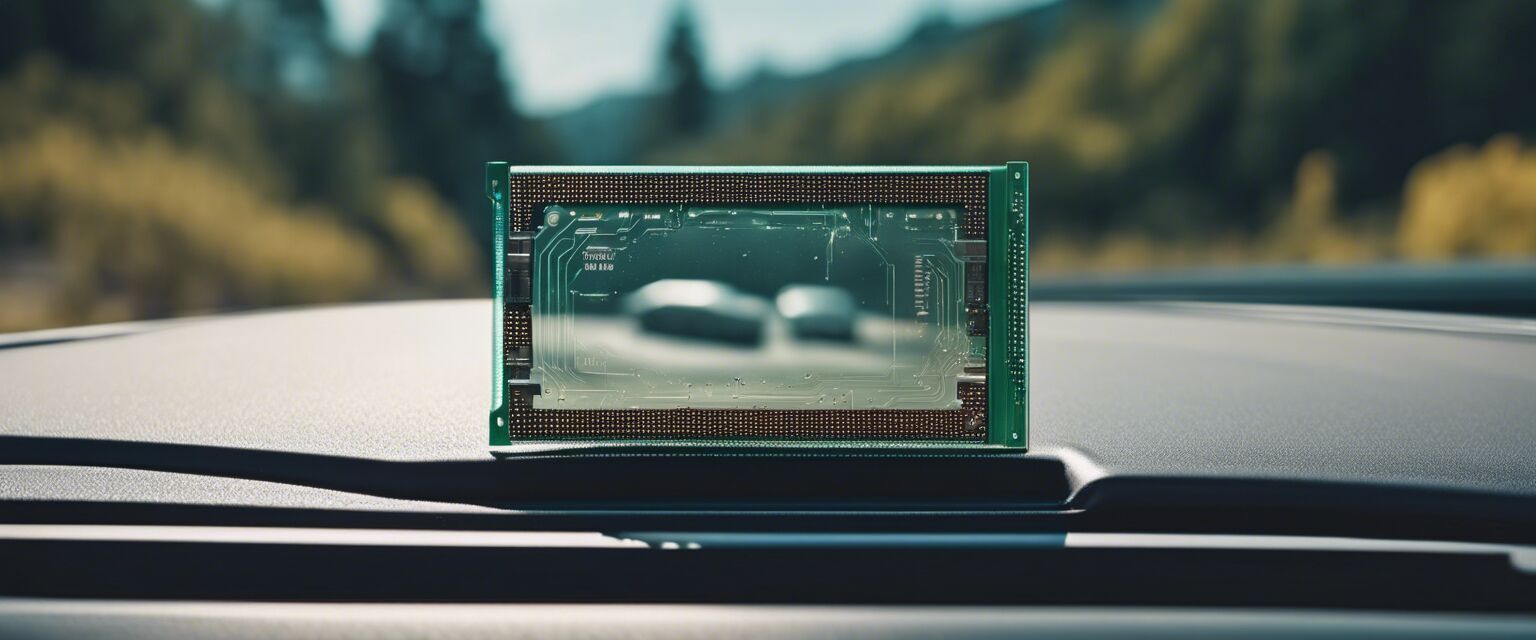
Chips are small, localized damage that can occur from flying debris, such as rocks or gravel. While they may seem minor, they can lead to more significant problems if not addressed promptly.
2. Cracks
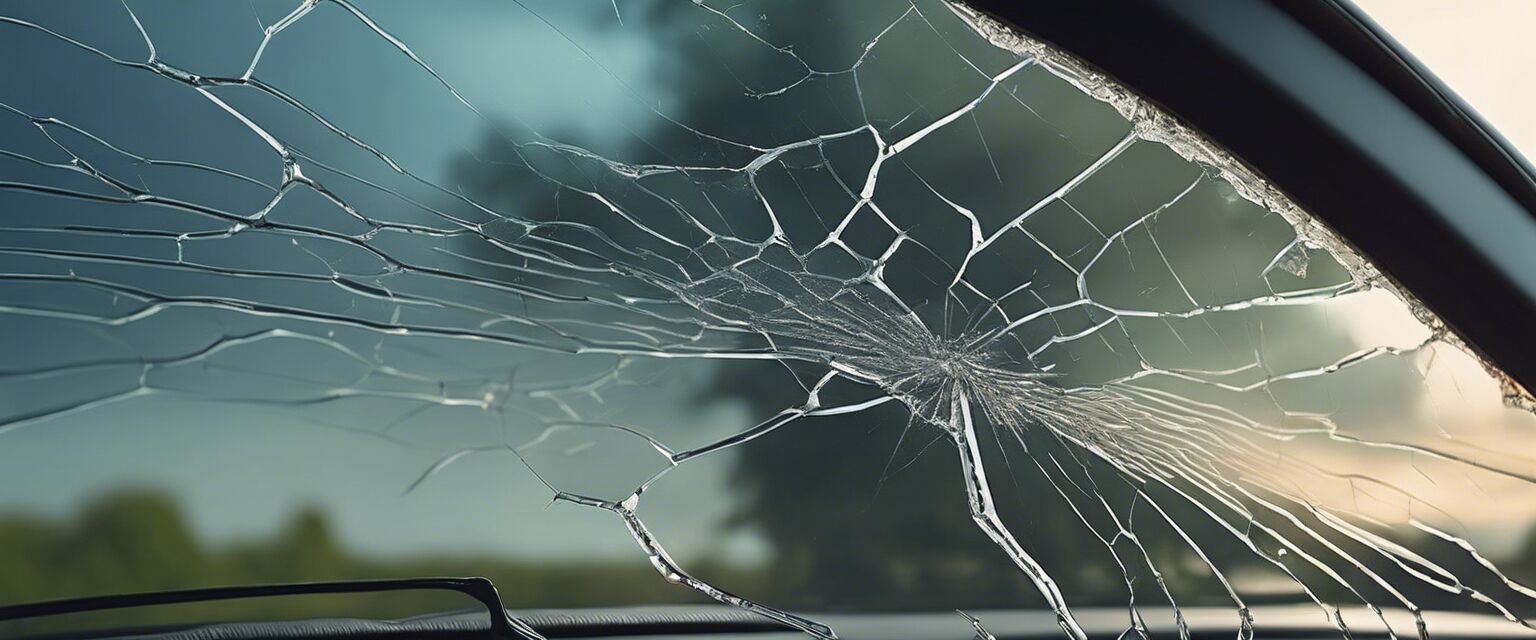
Cracks can vary in length and may be caused by temperature fluctuations or physical impact. Depending on their length and location, cracks can often be repaired, but in some cases, replacement may be necessary.
3. Star Break
The star break is characterized by multiple cracks radiating from a central point. This type of damage often occurs after a significant impact. While repairs are possible, the effectiveness depends on the extent of the damage.
4. Bullseye
This type of damage resembles a bullseye target, with a circular chip at the center. Similar to chips, bullseyes can usually be repaired if they are not too large.
5. Combination Break
A combination break includes several types of damage, making it more complex. It is essential to consult with a professional to determine the best course of action.
6. Shattered Windshield

A shattered windshield is a total loss, requiring immediate replacement. This type of damage usually results from severe impacts or accidents.
Factors Contributing to Windshield Damage
Understanding the factors that contribute to windshield damage can help you take preventive measures.
- Weather Conditions: Extreme temperatures and severe weather can cause stress on the glass, leading to cracks.
- Road Hazards: Debris like rocks, gravel, and potholes can impact your windshield.
- Improper Installation: If a windshield is not installed correctly, it may be more susceptible to damage.
- Vehicle Age: Older vehicles may have more vulnerable glass due to wear and tear.
Repair vs. Replacement
Deciding whether to repair or replace your windshield depends on the type and extent of the damage. Hereâs a quick comparison:
| Criteria | Repair | Replacement |
|---|---|---|
| Cost | Generally lower cost | Higher cost |
| Time | Quick process, often under an hour | Takes longer, may require more time for installation |
| Effectiveness | Restores structural integrity | Fully restores visibility and safety |
| Warranty | Usually comes with a warranty | Comes with a warranty for both parts and labor |
Preventing Windshield Damage
Here are some tips to help prevent windshield damage:
Tips for Beginners
- Keep a safe distance from vehicles ahead to avoid flying debris.
- Regularly inspect your windshield for any signs of damage.
- Park your vehicle in a garage or covered area during extreme weather.
- Use a windshield sunshade to minimize temperature stress.
Conclusion
Understanding the types of windshield damage and how to address them is crucial for maintaining your vehicle's safety and integrity. Regular inspections and timely repairs can save you from the cost and inconvenience of replacement. For more information on windshield care, check out our sections on Windshield Care Products and Windshield Repair Kits.
Pros
- Timely repairs can prevent further damage.
- Understanding damage types helps in quick decision-making.
- Proper maintenance increases windshield longevity.
Cons
- Ignoring minor damages can lead to costly repairs.
- Not all damages can be repaired.
- Improper installation can lead to premature damage.
